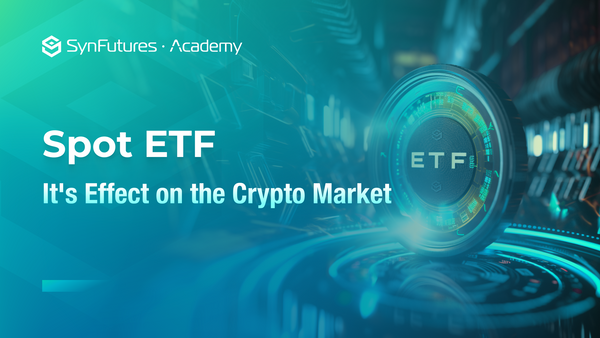Market Making - AMM vs. Order Book
Key Takeaways
- A market maker is an individual participant or member firm of an exchange that buys and sells securities or digital currencies for its account.
- Market makers provide the market with liquidity and depth while profiting from the difference in the bid-ask spread.
- Market making in decentralized finance entails providing liquidity to liquidity pools on different decentralized exchanges.
- Market making on centralized exchanges includes buying at the bid and selling at the ask on the traditional order book.
Order Books
Creating a highly liquid marketplace for trading securities or digital assets requires different trading infrastructures. In traditional centralized securities markets, the order book is the most efficient and established trading mechanism. Order books are comprised of different buyers and sellers submitting trades to a centralized database. The limit prices of these orders make up the bids (buyers) and asks (sellers) on both sides of the order book. Since the liquidity of a security or other asset is dependent on the distribution of these asks and bids, third-party individuals or institutions may come in and place their own trades to close the gap between the ask and the bid. Closing this gap and filling orders by buying at the bid and selling at the ask is how market makers increase the liquidity of an asset on the centralized order book model. In other words, market-making makes it simpler for traders and investors to purchase and sell, facilitating a smoother flow of the financial markets and thus increasing the liquidity of the market.
How Do Market Makers Earn Profits?
Market makers profit a spread on each security or asset they cover. For instance, if a stock is searched for online by an investor, they might see a bid price of $100 and an ask price of $100.05. This means that the broker pays $100 for the stock and then sells it to potential customers for $100.05. A tiny spread can result in significant daily earnings in high-volume trading. Repeating this process for many different high-volume markets is highly profitable for market makers. However, market makers are at risk of holding onto a security that may reduce in price and market interest leading to losses.
Liquidity Pools and the AMM
Although the order book is a highly efficient and established trading mechanism for the creation of different financial markets, it is not always practical in its implementation. This is definitely the case when it comes to the world of decentralized finance, as each and every limit order would require smart contract interaction and gas fees. Therefore, to create liquid markets in the world of DeFi, the automated market maker or AMM was invented. An AMM is dependent on the liquidity pool, where users deposit tokens into a multi-asset “pool” that others can trade between. This means that there does not need to be orders sitting on an order book for a trade to be executed, but rather only two different tokens present in a liquidity pool. For a deeper look into the design and functionality of the AMM, read this article.
Market Making on an AMM
Since the trading mechanism of the automated market maker is fundamentally different from that of the order book, so is the way that market makers participate in increasing liquidity.
A market maker on an AMM is essentially a liquidity provider (LP), and all they must do is deposit two or multiple different tokens to the liquidity pool. For example, if a DeFi user wants to begin market-making for the ETH/USDC pair on a decentralized exchange, they must simply provide an equal value of both tokens to that specific pool. This gets a little bit more complicated when considering more advanced AMMs such as Uniswap’s V3, however, the concept is fundamentally the same.
How Do Liquidity Providers Earn Profits?
Liquidity providers on decentralized exchanges will make a small fee on every single transaction that takes place in that pool. The LP fee can vary from 0.01% - 1% depending on the liquidity pool, but all the liquidity providers will share these fees proportionally to the size of their position in the liquidity pool. Liquidity provision in decentralized finance can be a highly lucrative strategy, but there are risks that users must weigh. The biggest risk in being a liquidity provider is impermanent loss, which results in an LP accumulating more of the worse-performing token. If the price of the two tokens diverges in a liquidity pool substantially, liquidity providers will experience more impermanent loss.
--
Discover SynFutures' Crypto Derivatives products: www.synfutures.com/.
Disclaimer: SynFutures Academy does not guarantee the reliability of the site content and shall not be held liable for any errors, omissions, or inaccuracies. The opinions and views expressed in any SynFutures Academy article are solely those of the author(s) and do not reflect the opinions of SynFutures. The SynFutures Academy articles are for educational purposes or information only. SynFutures Academy has no relationship to the projects mentioned in the articles, and there is no endorsement for these projects. The information provided on the site does not constitute an endorsement of any of the products and services discussed or investment, financial, or trading advice. A qualified professional should be consulted prior to making financial decisions.




